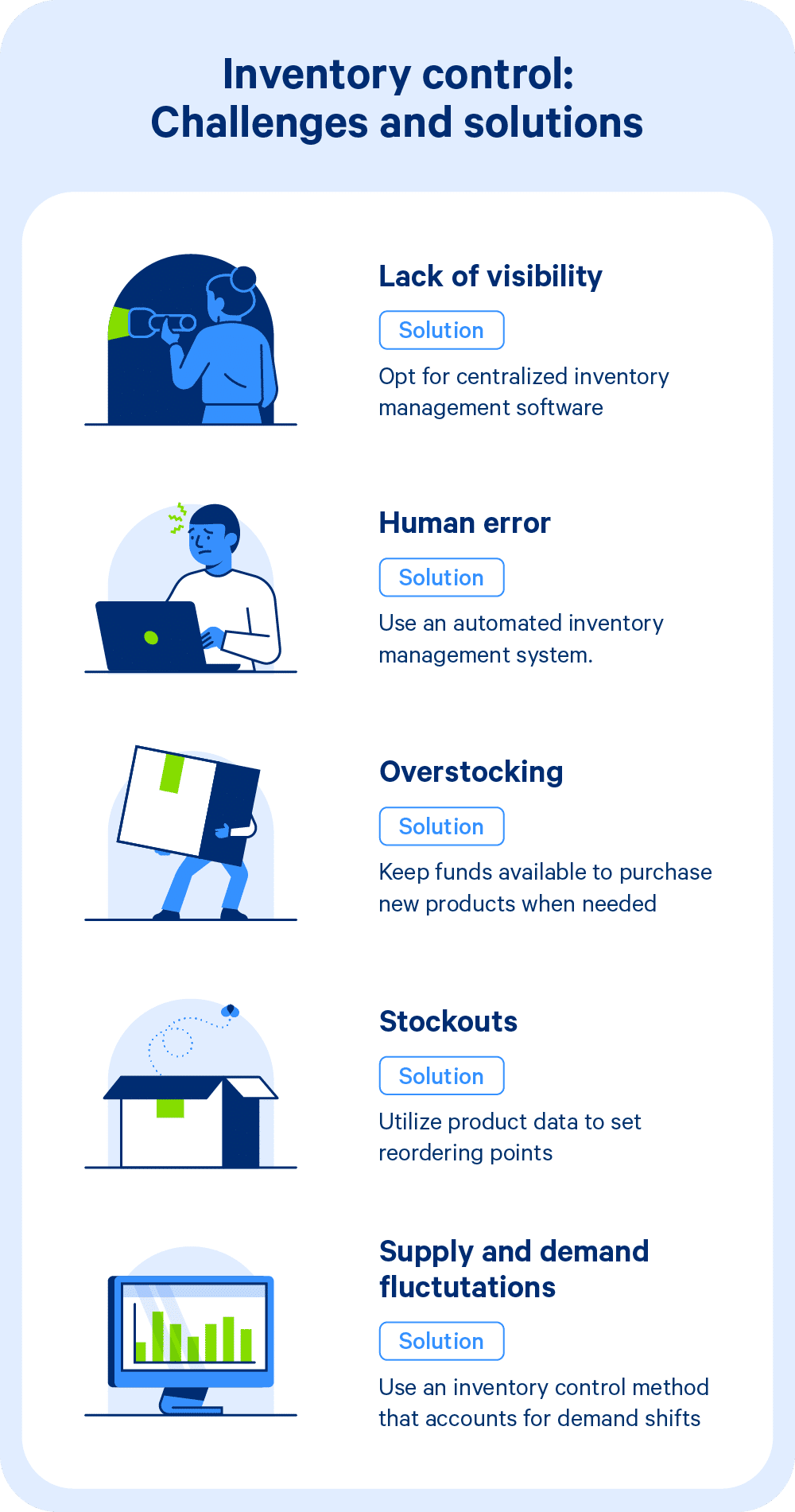Tackling the Inventory Challenge
Inventory management can be a daunting task for small businesses on the rise. With limited resources and manpower, keeping track of stock levels, monitoring sales trends, and forecasting demand can seem like an insurmountable challenge. However, with the right strategies in place, businesses can overcome these hurdles and set themselves up for success.
One of the first steps in tackling the inventory challenge is to invest in a reliable inventory management system. This software can help businesses track stock levels in real time, automate reordering processes, and generate reports on sales trends. By having a clear view of their inventory, businesses can make more informed decisions about purchasing and pricing, ultimately leading to increased efficiency and profitability.
Another key strategy for overcoming inventory management hurdles is to implement a just-in-time inventory system. This approach involves ordering and receiving inventory only when it is needed, minimizing excess stock and reducing storage costs. By streamlining their inventory processes, businesses can free up valuable resources that can be reinvested into other areas of the business.
In addition to just-in-time inventory, businesses can also benefit from implementing a lean inventory strategy. This involves carefully monitoring sales trends and adjusting inventory levels accordingly. By keeping inventory levels lean and avoiding overstocking, businesses can reduce the risk of dead stock and improve cash flow.

Image Source: imagekit.io
Collaborating with suppliers is another effective strategy for overcoming inventory management hurdles. By establishing strong relationships with suppliers, businesses can negotiate better pricing, terms, and lead times. This can help businesses reduce costs, improve inventory turnover, and respond more quickly to changes in demand.
Furthermore, businesses can leverage technology to streamline their inventory management processes. For example, barcode scanners and RFID technology can help businesses track inventory more accurately and efficiently. Additionally, integrating their inventory management system with their point-of-sale system can help businesses stay on top of sales trends and make more informed decisions about purchasing and pricing.
It’s also important for businesses to regularly audit their inventory and identify any discrepancies or issues. By conducting regular audits, businesses can ensure that their inventory data is accurate and up to date. This can help businesses identify areas for improvement and make adjustments to their inventory management processes as needed.
Overall, overcoming inventory management hurdles is a critical step for small businesses on the rise. By investing in the right technology, implementing lean inventory strategies, collaborating with suppliers, and conducting regular audits, businesses can streamline their inventory processes and set themselves up for success. By taking a proactive approach to inventory management, businesses can improve efficiency, reduce costs, and ultimately drive growth and profitability.
Unlocking Success with Smart Strategies
In the fast-paced world of small business, staying ahead of the competition is essential. With the rise of e-commerce and the increasing demand for quick delivery, having a solid inventory management strategy is crucial. However, many small businesses struggle with inventory management, leading to issues such as overstocking, stockouts, and poor cash flow management.
To overcome these challenges and unlock success, small businesses can implement smart inventory management strategies. By doing so, they can improve efficiency, reduce costs, and ultimately boost their bottom line.
One key strategy for small businesses to consider is implementing an inventory management system. This software can help track inventory levels, forecast demand, and streamline the ordering process. With real-time data at their fingertips, businesses can make informed decisions about when to reorder stock, how much to order, and where to allocate inventory.
Another important strategy is to establish clear inventory management policies and procedures. By creating standardized processes for receiving, storing, and tracking inventory, businesses can minimize errors and improve accuracy. This can help prevent stockouts and overstocking, as well as reduce the risk of theft or damage to inventory.
Furthermore, small businesses can benefit from optimizing their inventory levels. By conducting regular inventory audits and analysis, businesses can identify slow-moving or obsolete stock and take steps to clear it out. This can free up valuable warehouse space and working capital, allowing businesses to invest in more profitable products.
In addition, small businesses can improve their inventory management by leveraging technology. For example, barcode scanning and RFID technology can help streamline the receipt and tracking of inventory. By automating these processes, businesses can reduce human error and improve efficiency.
Collaborating with suppliers and vendors is another smart strategy for small businesses to consider. By establishing strong relationships with suppliers, businesses can negotiate better pricing, terms, and lead times. This can help businesses reduce costs, improve cash flow, and ensure they have the right products in stock when customers demand them.
Moreover, small businesses can benefit from adopting a just-in-time inventory management approach. By only ordering inventory as needed, businesses can reduce carrying costs and minimize the risk of overstocking. This can help businesses improve their cash flow and profitability while also reducing waste.
Finally, small businesses can consider implementing a multi-channel inventory management strategy. By synchronizing inventory levels across all sales channels, businesses can prevent stockouts and overselling. This can help businesses provide a seamless shopping experience for customers, regardless of how they choose to shop.
In conclusion, small businesses can overcome inventory management hurdles and unlock success by implementing smart strategies. By leveraging technology, establishing clear policies and procedures, optimizing inventory levels, collaborating with suppliers, and adopting a multi-channel approach, businesses can improve efficiency, reduce costs, and ultimately thrive in today’s competitive business landscape. By taking proactive steps to manage their inventory effectively, small businesses can position themselves for growth and success in the long run.
Inventory Management Challenges and Solutions for Growing Businesses